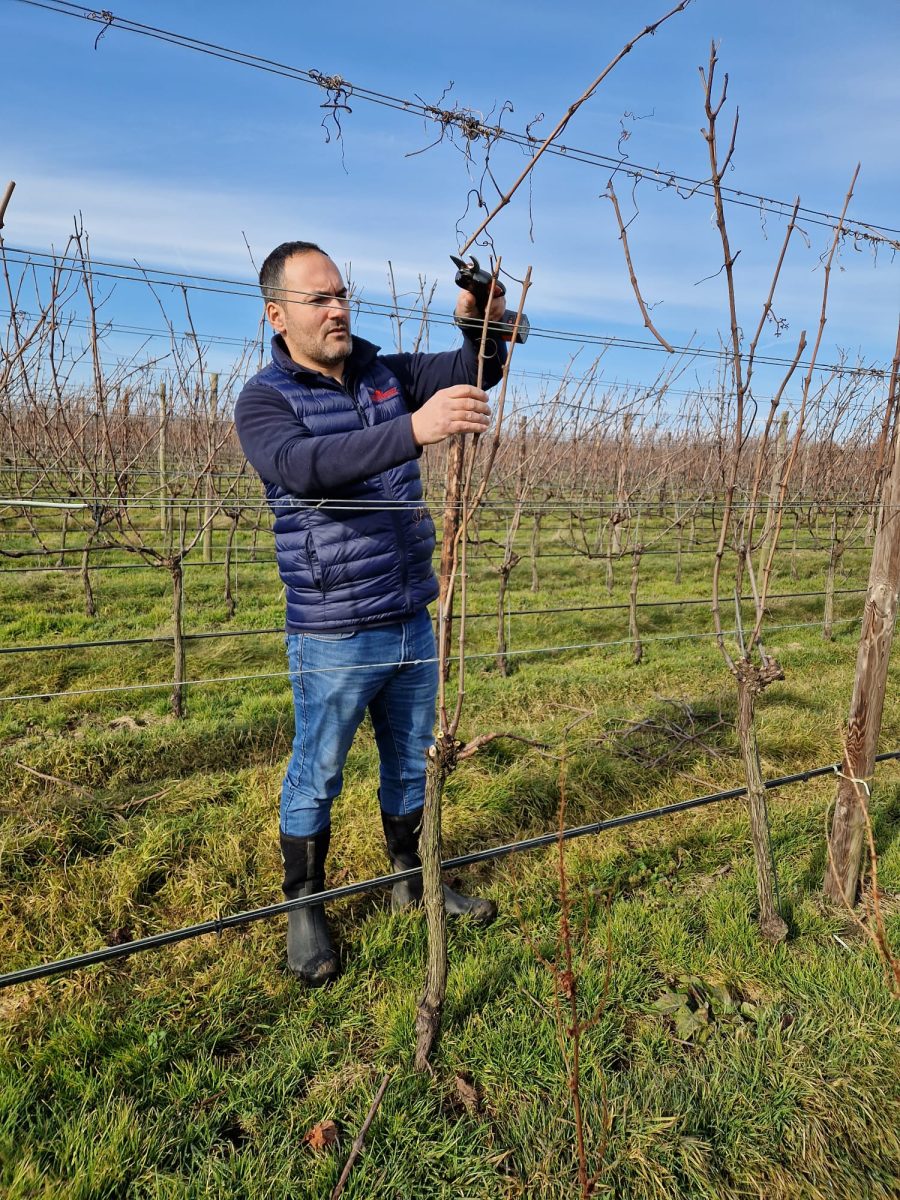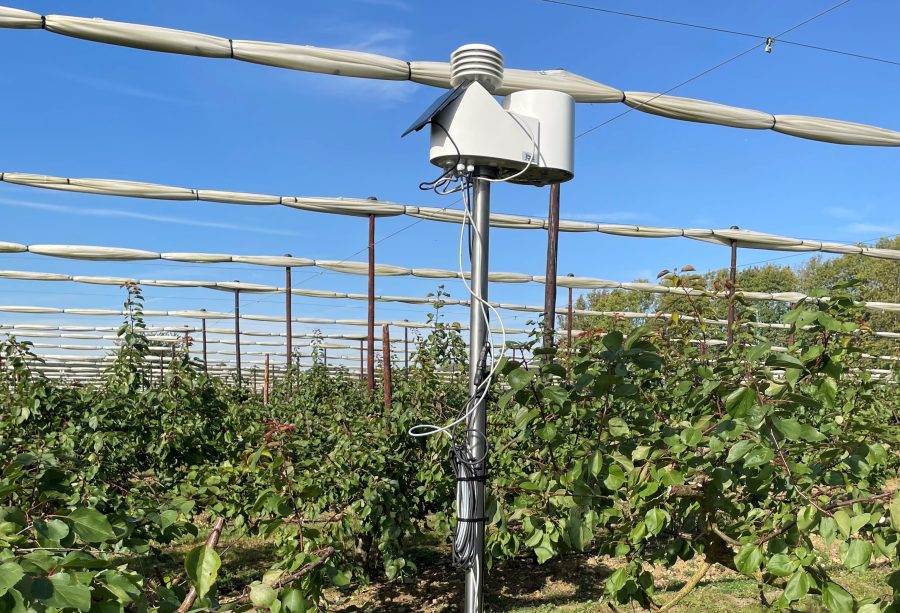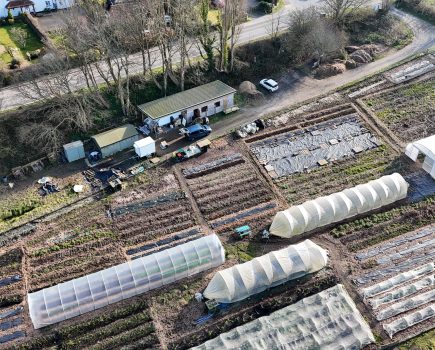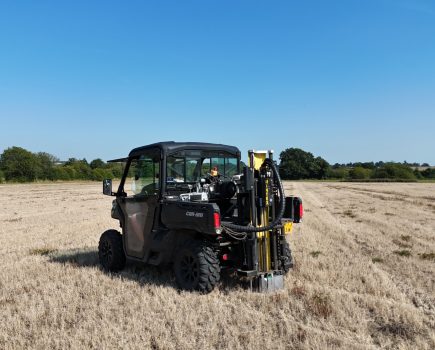Internet-connected devices and wireless communication are enabling growers to access data and information instantly to manage their crops better and make accurate day-to-day decisions on farm.
Over the past 39 years Pessl Instruments, known for its METOS brand of in-field sensors, has been developing technology to help growers across the globe use field-specific climatic data and AI-powered analysis to make better predictions of disease risk, insect pest risk and crop irrigation needs.
South East Farmer caught up with Pessl Instruments’ CEO and founder Gottfried Pessl to understand how internet-connected technology is making a critical difference to crop production in the UK and around the world.
“In the mid-1990s, we knew that the risk of apple scab was driven by the weather. We started to develop weather stations to measure climatic conditions and use this data to run simulations of disease risk in apples, and then also in other high value crops including vines, potatoes and more. At that time the software was desktop based,” said Gottfried.
When internet usability rapidly increased in the early 2000s, remote servers enabled wireless data transfer to take place through the cellular network, which sped up the process of data collection. By 2003, Pessl Instruments had created the first server-based system to process weather data for crops and provide risk-based analysis, and by 2010 it had developed a mobile phone app to display the data and provide an assessment of risk.
Gottfried explained that the internet’s connectedness provided the biggest advantage for growers. “Previously the farm’s weather station was based in one place on the farmyard and required daily manual measurements to be taken. Now, with wireless connectivity, growers can receive climatic data and soil condition status every few minutes from stations in the field without having to physically visit them.
“This near-instant access to data and risk modelling reduces mistakes and supports more accurate decision-making, leading to better planning and more informed use of plant protection and water inputs.”
In fruit crops, for example, weather conditions are a strong predictor of the forthcoming risk level of particular diseases, including botrytis, downy mildew and apple scab.
Similarly, new advances in imaging and artificial intelligence are enabling insect pests to be monitored remotely in crops, and growers alerted when thresholds are reached. Sprays can then be timed more accurately and pinpointed to fields according to actual risk.
“Not only can growers use this technology on a day-to-day basis, but data collected over time gives information on trends. Climatic conditions by field, changes in disease or insect pressure over the seasons all provide growers with information on which to base future crop protection decisions. In permanent crops it can also help with forward planning and variety choice for new plantings,” explained Gottfried.
One aspect still challenging this growing area of technology is compatibility and interconnectedness. When different apps and software won’t talk to one another, it can make rounded decision making more arduous and time consuming.
“It’s important that growers can integrate their weather and soil condition data into their farm management software and easily access it. Our desire is always to bring people, data, crops and machinery together, so that better decisions can be made,” said Gottfried.
Pessl Instruments has gone on to secure integrations for its METOS brand sensors and stations through APIs with the most-used farm software management systems worldwide, along with the John Deere Operations Centre and many other apps and applications, including RIMpro, that provide data analysis and risk assessments.
Sensors aid crop protection decisions at Adrian Scripps
Radu Tandarescu, Farm Manager at Adrian Scripps, has been successfully using METOS sensors to manage disease and pest risk in apples on the company’s Cobham farm in Kent.
He said: “We’ve been using these sensors for at least 10 years, and measuring the rainfall, temperature, humidity and leaf wetness gives us a great guide to inform our fungicide and insecticide programmes.
“Our sensors send data to our RIMpro software and these reports help us choose the best time to apply either a fungicide or insecticide, depending on what we’re targeting. The sensors are in the fields and don’t need manually checking, but we do also go out and physically walk the crops, too.
“The sensors give us the accurate real-time information we need to be able to adapt our programmes to react to the current conditions. Both the mobile app and the desktop software means that in just a few clicks you have the data you need.”

Radu Tandarescu – Farm Manager at Adrian Scripps







